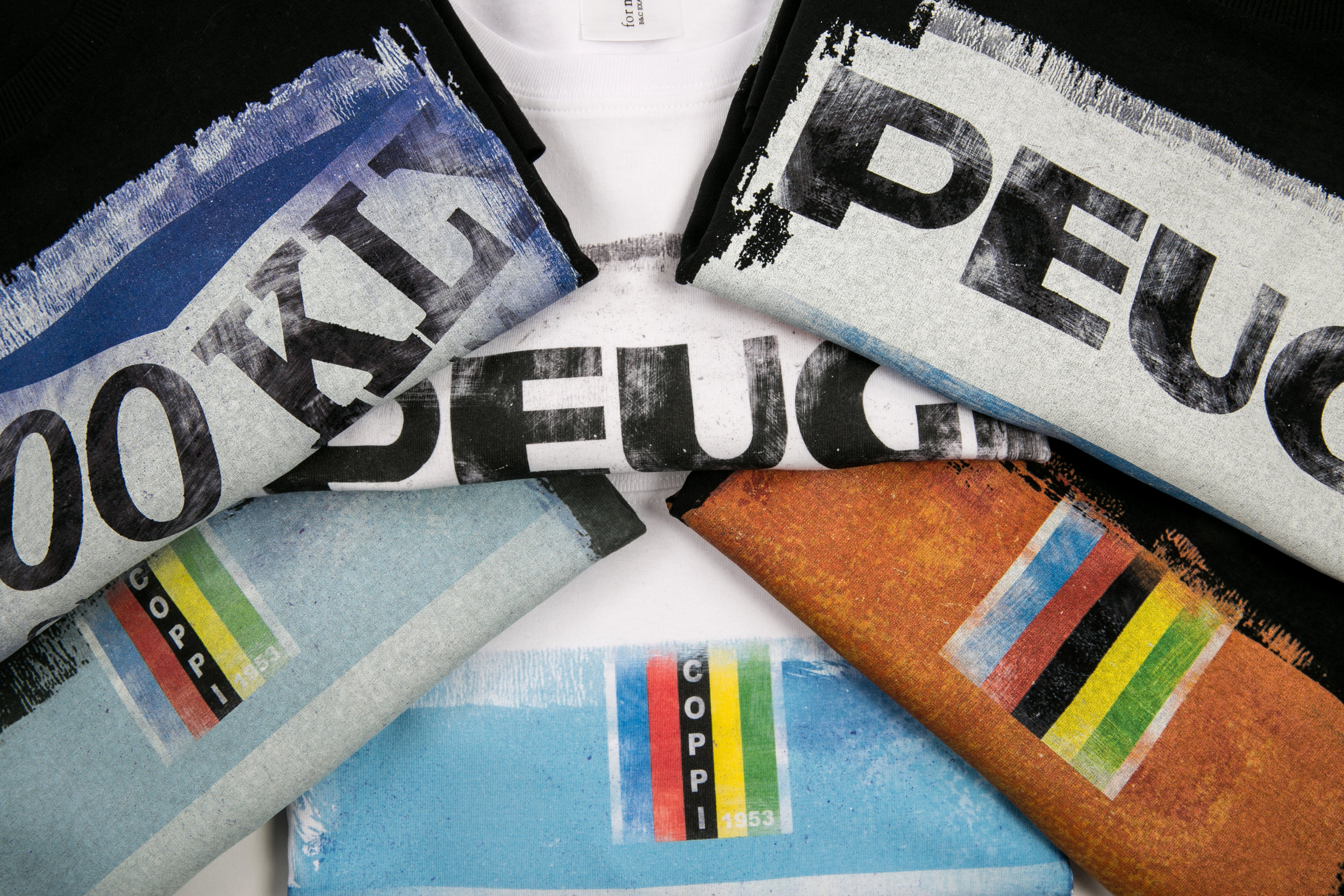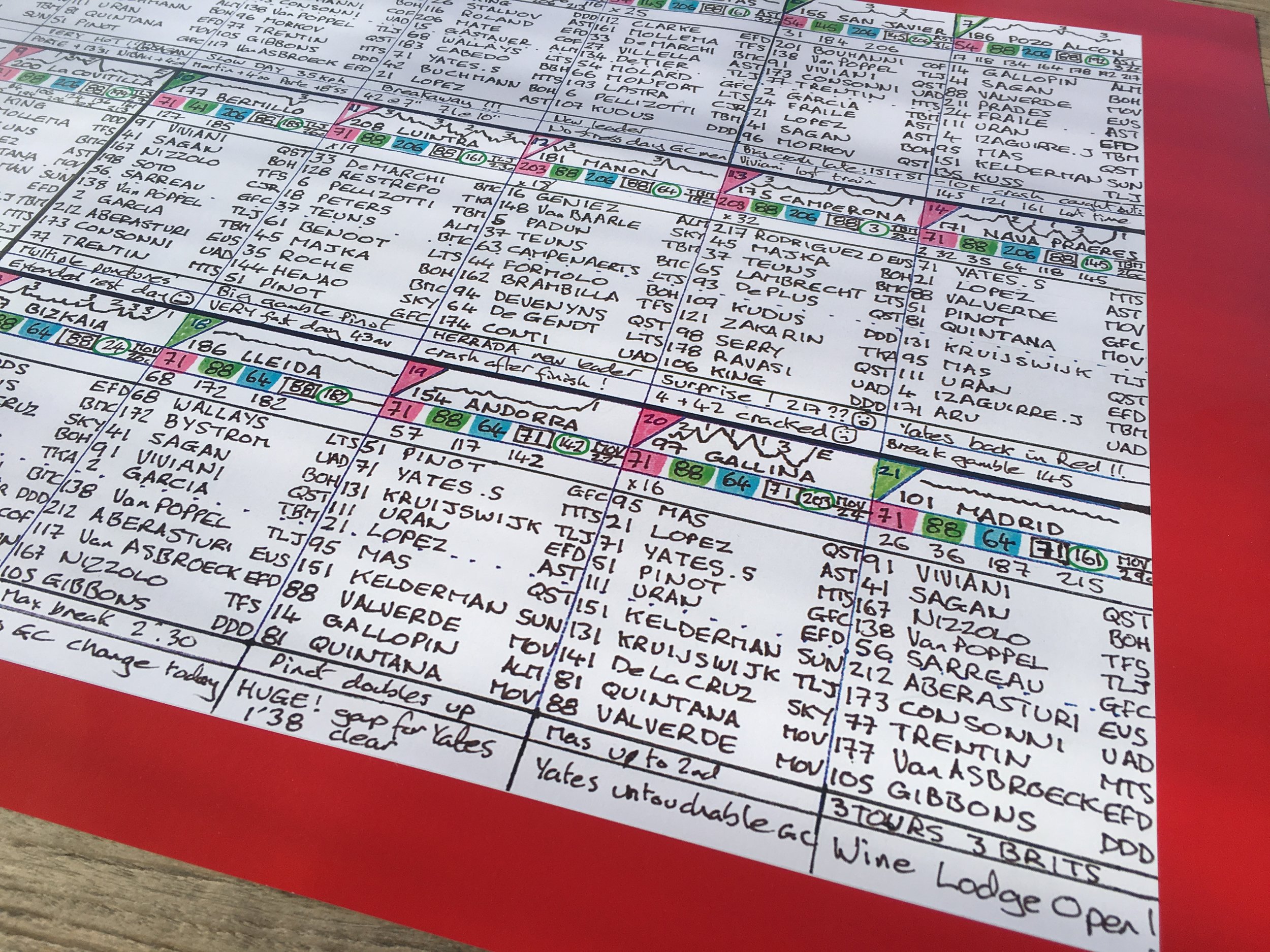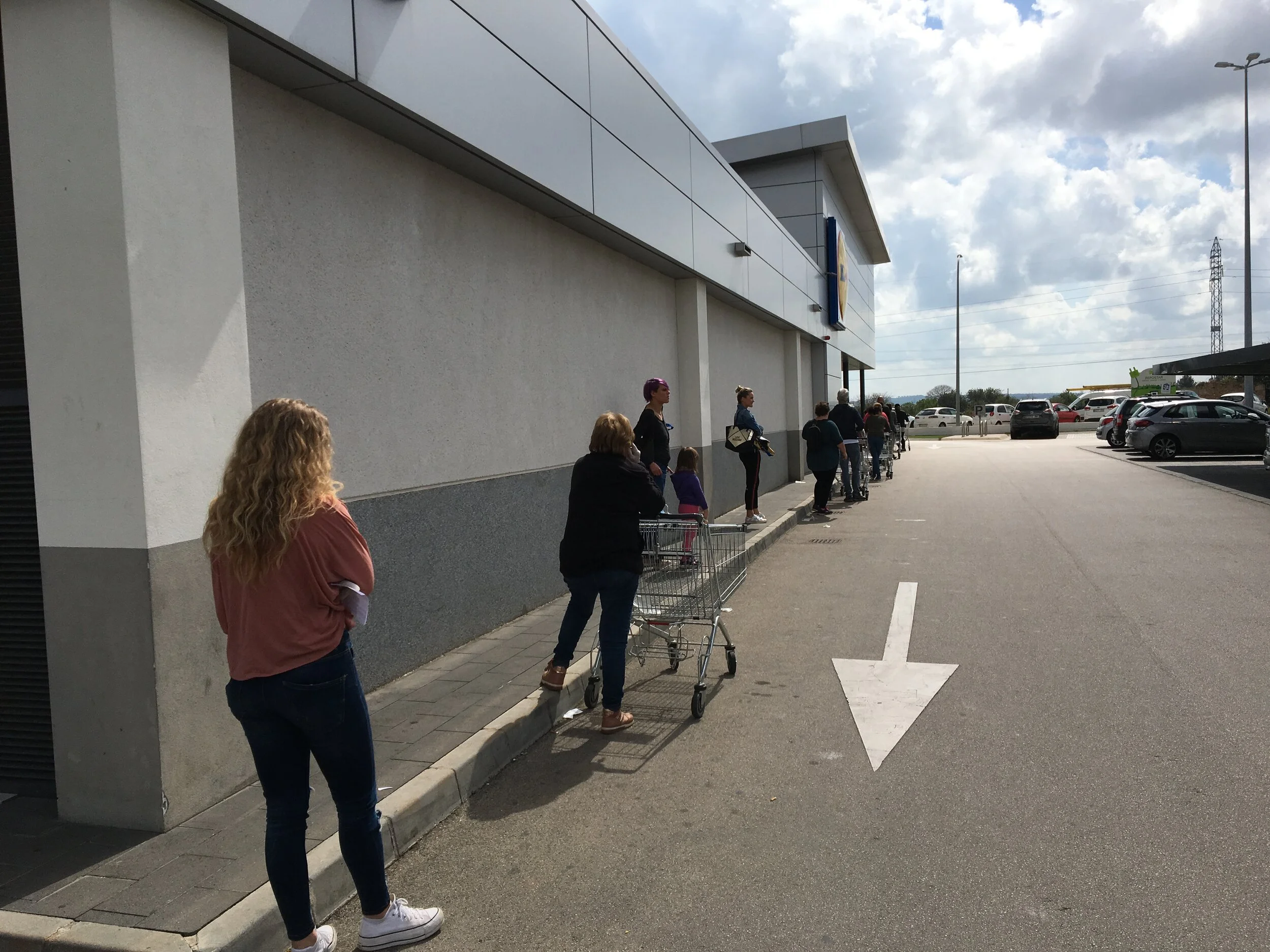The European racing season is up and running! This weekend the curtain was raised when 199 riders set off from Ghent, the heartland of Belgian cycling, for the Omloop Het Nieuwsblad. Crowds and a hint of warm spring sunshine along with the whiff of yeasty beer greeted the peloton packed with stars, including Peter Sagan. The reigning World Champion was part of a breakaway that the peloton was unable to reel in but he was beaten to the finish by Belgium’s own Greg Van Avermaet of BMC Racing.
The Spring Classics - mud, sweat and gears
Omloop Het Nieuwsblad is highly anticipated - a season opener, it announces that the Classics have begun and that The Monuments, the oldest, hardest and most prestigious one-day events of the Classics are just round the corner. Here’s Ride Velo’s guide to those one day races to look forward to over the next few weeks.
Think of the Spring Classics and you think of frites, ridiculously strong beer brewed by monks, cobbles and the likes of Sean Kelly spattered in mud and relishing the brutality of it all. These are the longest races of the calendar and spring sunshine can turn to rain, sleet or even snow, turning rough roads and cobbles into a slippery mess the more delicate riders dread. These are races for the hard men of the cycling world.
They also have their own terminology which you’ll need to get the hang of to impress your mates on the Sunday club run. We all know that ‘pavé’ refers to the cobbled sections of the road that some riders seem to float over, while others skid off into the ditch (Chris Froome, a hard man? Ha!) and ‘berg’ is the Belgian word for a climb, hence Koppenberg or Paterberg. But it’s a ‘mur’ you need to really watch out for. “Mur’ means wall. Ever cycled up one of those? The Mur de Huy is a pretty decisive climb to be overcome in La Fleche Wallone. Meanwhile a ‘puncheur’ is a type of rider who loves rolling terrain and short sharp climbs, or ‘murs’ to inflict punishment on his rivals and competitors.
But the Monuments get going further south in the land of espresso, rather than beer, and it’s pasta and pizza rather than chips slathered in mayonnaise that’ll be on the menu for the first Monument.
John Degenkolb - last year's winner of the Paris-Roubaix and La Primavera races, sadly unable to race this year after being smashed into by a 73 year old driving on the wrong side of the road, earlier this year
Milan – San Remo Saturday March 19th
The first Monument of the season, it’s known as La Primavera, The Spring, and is the longest one-day race in the calendar with a gruelling 293km route. Often viewed as one for the sprinters, although for sprinters who don’t back off when presented with a bit of a climb, previous winners have included Mark Cavendish. The accepted wisdom is that you have to be at, or near the front, when you get to the top of the Poggio, before plummeting down the other side for the 3km dash to the finish. Last year the race was won by John Degenkolb, although he’s unlikely to be able to defend his title, having suffered a bad crash in January. Among the favourites this year are Fabian Cancellara and Peter Sagan, although Cavendish will be keen to impress and he has form here. Watch out as well for the impressive Tom Dumoulin, Edvald Boasson Hagen and Nacer Bouhanni. Catch Sean Kelly’s crazy and fearless descent of the Poggio in 1992, back in the days when the pros didn’t bother with girly things like helmets.
Tour of Flanders April 3rd
Almost a national day of pride and celebration of all things Belgian, this will be a big one this year, it being its 100th edition. On the climbs spectators stand five or six deep to cheer on their heroes. Expect much Leffe, Delirium Tremens (yes, really, 9%!) and Chimay to be consumed as well as the odd fried potato. A series of short, sharp cobbled climbs in the second half of the route mean that only the hardest survive. Last year was an exciting race with Geraint Thomas coming in an impressive 14th while poor Sebastien Chavanel was knocked off by a team car and an inflatable race banner collapsed onto the peloton. The winner was Norway’s Alexander Kristoff from Katusha who launched an attack 25km from the finish with Nikki Tepstra resulting in a climactic sprint finish between the two.
Paris – Roubaix April 10th
How can a race be known as ‘The Queen of The Classics’, ‘The Hell of The North’ and, ‘A Sunday in Hell’ (also the title of the famous film of the 1976 edition) all at the same time? Theo de Rooij famously commented, “It’s bollocks, this race” before going on to admit that it’s “the most beautiful race in the world.” Loathed, feared and loved at the same time, it’s really known for its famed cobbled sectors that can make the end result a lottery as scores of riders fall victim to mechanical failure, punctures and crashes. The race finishes in the velodrome at Roubaix, the scene of many an epic sprint finish as exhausted riders draw on their last reserves of strength, grit and determination after hundreds of kilometers of agony. Last year was no exception when it was John Degenkolb who won, the first German to do so, and the only man since Sean Kelly to win the Milan-San Remo and Paris-Roubaix double in the same year. 2016 sees a new 3km uphill section of pave in the village of Hem added to the riders’ woes, close to Roubaix. Geraint Thomas could do it this year. Go on, G!
Liege – Bastogne – Liege April 23rd
253 km
This has become a bit of a favourite for the unstoppable and veteran Spaniard, Alejandre Valverde, who has won this 3 times now, most recently in 2015. This is the last of the northern European spring classics, held in the Ardennes region of Belgium. Known as ‘La Doyenne’ it has a great heritage, the first edition taking place in 1892. Exciting for spectators, the route offers about 12 climbs, giving ample opportunities for riders to attack, and it’s widely regarded as one of the toughest classics because of the length and severity of the climbs. As Moreno Argentin once said, “Riders who win in Liege are what we call 'fondisti' – men with a superior level of stamina.” Watch out for the Mur de Huy and the Cote de La Redoute with some sections at over 20% gradient. Will 2016 see a 4th victory for Valverde?
Other highlights of the spring classics calendar include La Fleche Wallonne on April 20th, and the Amstel Gold Race on April 17th. So, make sure you have that subscription to Eurosport sorted, get down to your posh off licence for some Belgian beer, and get the deep fat fryer on. The cycling season has started!












































